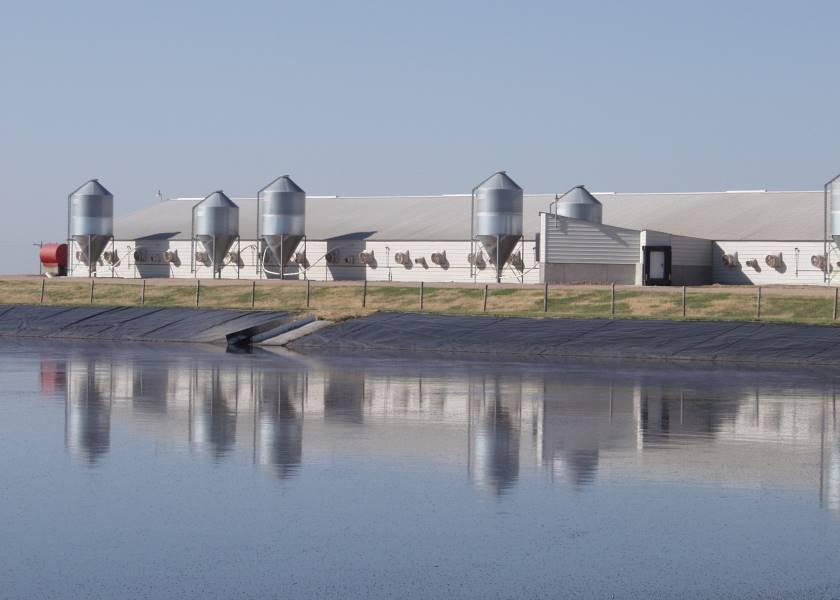5 Steps to Reduce the Health Tax on Your Swine Farm

By Adam Schelkopf, DVM, Pipestone
As swine producers, you all pay a health tax at the end of the year, whether you know it or not. This tax is paid on every pig and reflects the cost of less-than-perfect health in an operation. The health tax is often far larger than producers recognize and is consistently evident year after year in the FarmStats data.
At Pipestone, we believe there are ways to help significantly reduce this health tax and it starts with recognizing a change in how decisions are made and how they impact farms – what we like to call the “New Health Paradigm.”
Here are five key steps to lower the health tax by adopting the New Health Paradigm on your farm.
Step 1: Pathogens and Disease
Start by defining the pathogen and disease status at your sow farm. This does not need to be difficult, but a way to effectively classify and communicate pathogen and disease status. On a path towards living the new health paradigm, you should strive to have a no pathogen and no disease farm. This must include porcine reproductive and respiratory syndrome (PRRS), but goes beyond this to reflect the status of influenza, Mycoplasma, porcine epidemic diarrhea virus and bacterial status. We are fortunate that veterinarians have great tools and methods to help improve the health status for these diseases.
Step 2: System Design
The design of a swine farming operation is highly related to the expected outcomes for health and performance. This goes beyond barn design, referring more to size of sow farm and pig flow, size of wean to market facilities, sow and wean-to-market area density, all-in-all-out by site ability, transportation, personnel and feed mill integration. There is not a perfect design, but there are bad designs or badly designed components that fail to optimize health and raise our health tax.
Step 3: Wean-to-Market Biosecurity Standards
As an industry, we are severely lacking on standards for wean-to-market biosecurity. Veterinarians and farmers have failed to outline standards and commit to adhering to them for wean-to-market sites. We take sow farm biosecurity to the highest level and have improved infection rates over time because of this. It is time to define, invest, commit and audit to a new set of standards for wean-to-market biosecurity that will improve health.
Step 4: Mitigate Risk
We have better tools and better data today to help mitigate disease risk. We should use these tools to our advantage. Between air filtration, feed mitigation, vaccines and others, we should employ these tools at our disposal when appropriate to lower health risk to our farms.
Step 5: Hire a Good Accountant
Every farm has a skilled accountant (often more than one) that helps to identify all the areas to try and lower the taxes paid. This should be true in lowering the health tax as well. There are different areas that contribute to the health tax paid that you may not consider, such as genetics, nutrition, management and marketing. Think outside of the box and make sure you have a good accountant when evaluating your health tax strategy.
Old paradigms are changing, and the New Health Paradigm can help shape farms for the future.
More from Farm Journal's PORK:
One of the Most Important Questions Every Pig Farmer Should Ask
Who Gets What? Take This Important Estate Planning Step
Community Rallies to Support 4-H Family, Buys Pig for $102,000







